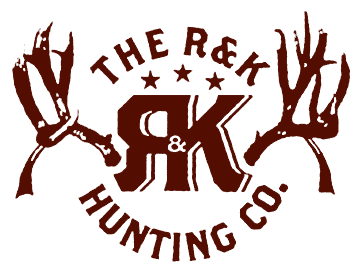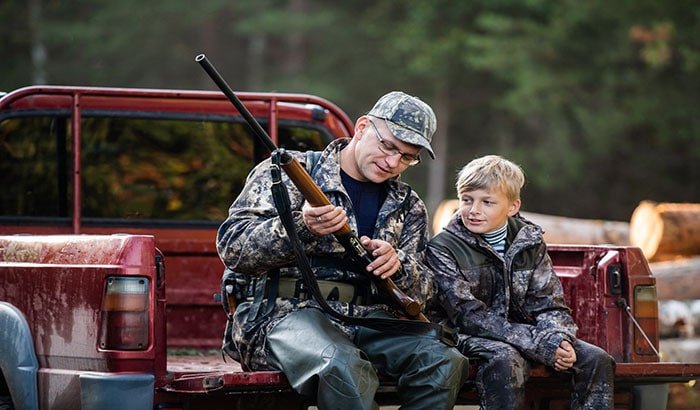Hunting big game like elk is an exciting and challenging sport, but even professionals struggle to determine the age of an elk.
Bagging these glorious animals is especially thrilling, considering the notoriously low success rate. You can find elk all across the United States, though they are mostly found in the western part of our nation. Between September and the middle of October, elk hunting is at its peak, and mature bulls are out making their mark, fighting each other to prove their superiority to mates and claim territory.
Knowing how to determine the age of one of these creatures is useful to hunters since harvesting a trophy bull requires finding one between ages 6-10. So, today, we’re talking all about how to determine the age of one.
Continue scrolling for tips on how to tell the age of one of these mystical animals.
How to Determine the Age of an Elk
Antler Size — When trying to determine the age of one of these creatures, look at the size and shape of his antlers. Keep in mind, many factors play into this creature’s antlers, including their diet and growth rate. However, generally speaking, their antlers become more prominent and wider as they age. Rather than branching racks, younger bulls tend to have single, straight-edged spikes — no branches or tines coming off the sides. An older bull can develop six or seven divisions from his antlers.
Head Position — Another way to tell how old an elk is is to look at how they are holding their head. Generally, older elk hang their head lower than younger elk.
Teeth Size — One of the best ways to age an elk is to get a good look at their teeth before taking your shot. You can distinguish younger bucks from trophy bulls by looking at the wear of their molars. Most elk eight and over will have smaller, flatter teeth behind their prominent front teeth.
Hump Size — While effectively examining elk teeth can be tricky, inspecting the size of their hump is much easier. Their hump is the rounded and curved section of their shoulders, just above their front legs. Generally speaking, the larger the hump, the older they are.
Neck Shape — Bulls in their prime have a pronounced swayback in their lower neck — just before the hump. Keep your eye out for this obvious curvature near their neck’s base to help you age them.
Their Bugle — While this method is not always accurate, listening to their call can be somewhat indicative of their age. Just remember that bulls close to 400 pounds can sound like a spike, and puny rag horns can sound like massive trophies.
Contact R & K Hunting Company
Learning how to properly identify the age of an elk might be the difference between a successful harvest or not. Of course, you can always rely on the knowledge and expertise of the hunting guides at R & K Hunting Company. Our expert team has years of hunting and outfitting experience and are Utah and Wyoming’s trusted guides. We want to relieve your burden and stress of planning your hunting trip and handle the permitting and application processes for you. Experience your next hunting adventure in the Rocky Mountains with us by contacting us today.

